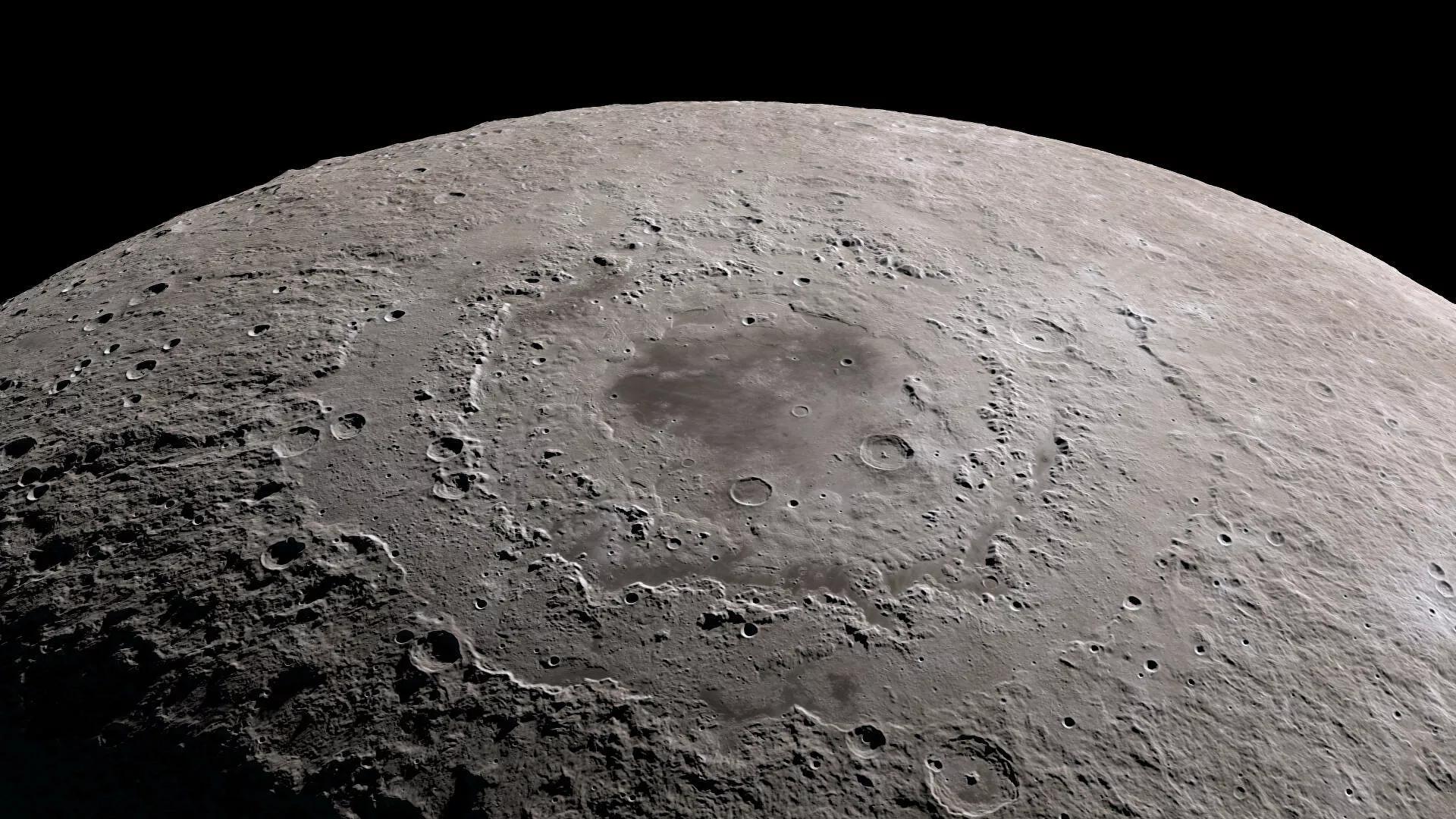Africa-Press – Cape verde. The lunar crust consists primarily of oxygen, silicon, magnesium, iron, calcium, and aluminium, with a trace of other elements. The surface of the Moon has three features: highlands, maria, and craters, and it is on average about 50 km thick.
The Moon’s crust could have initially been an ocean of “slushy magma” that froze over the course of hundreds of millions of years, new research led by the University of Cambridge has suggested.
An international team of scientists have introduced a new model of crystallisation, pondering the behaviour of moon rocks in an early “liquid magma” moon with crystals suspended it over a long time as the magma froze.
Certain regions of the Moon’s surface called highlands are made of relatively light rocks called anorthosites, formed in the early history of Earth’s satellite. Similar anorthosites that formed due to magma crystallisation can be found in fossilised magma chambers on Earth.
But given the range of ages and compositions of the anorthosites on the Moon, and what is already known about how crystals settle in solidifying magma, the lunar crust must have formed through some other mechanism, the scientists concluded – and came up with a mathematical model to find out.
The settling of crystals is difficult in low lunar gravity, particularly when the connecting magma ocean strongly stirs them. But if they were suspended in a so-called “crystal slurry”, this would make it easier – especially closer to the surface, where a crystal-rich lunar “lid” can be formed.
Such a “slushy machine” had been working for several hundreds of millions of years, according to the scientists, and these estimations correspond to the observed ages of the lunar anorthosites.
For More News And Analysis About Cape verde Follow Africa-Press






